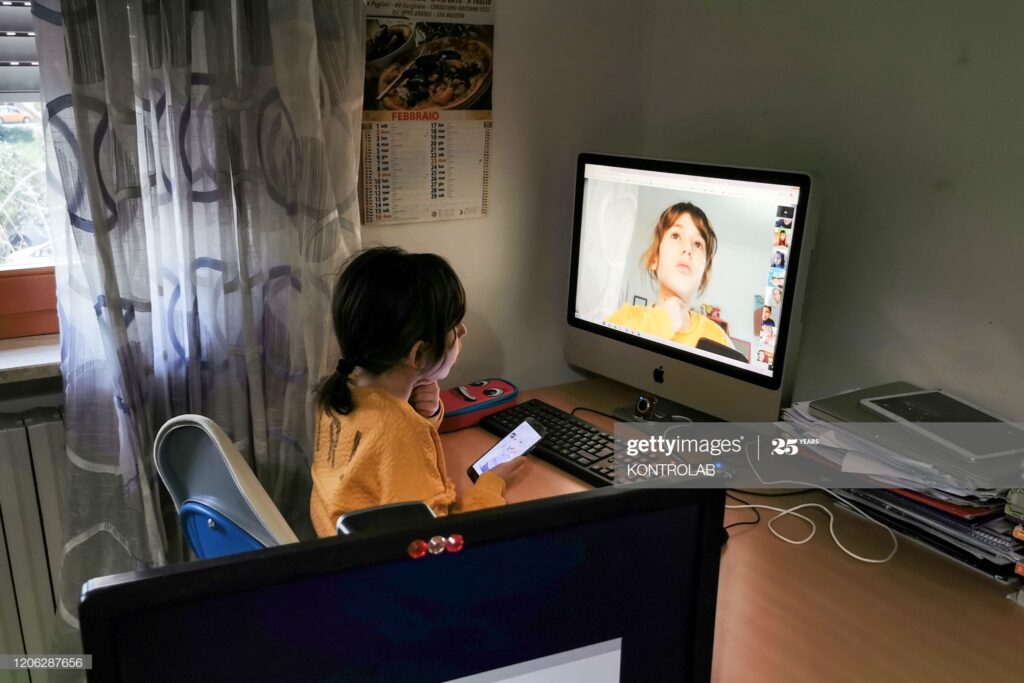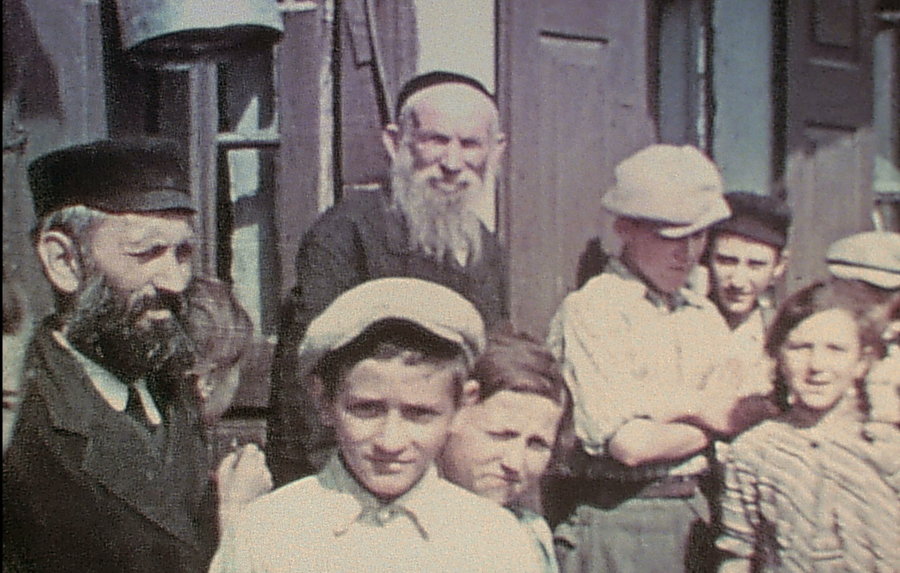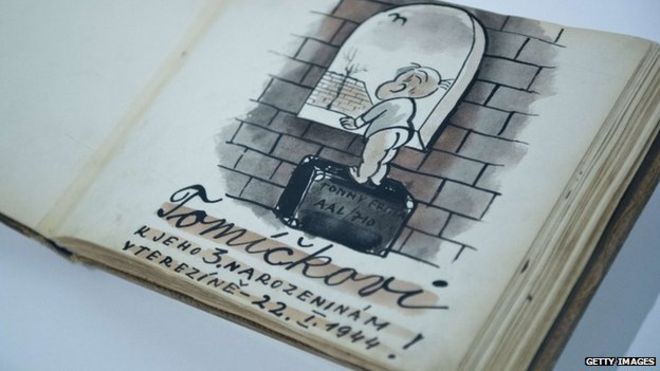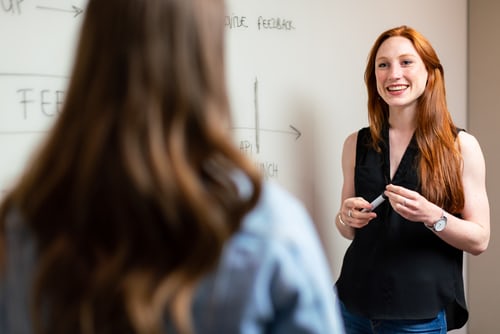
As I ready myself for work as part of the essential services that maintain the community, I can’t help but think on one hand how meaningful my job is that it’s a critical service for people both immediately and their futures and the future of the country. On the other hand, we get a lot of negative feedback from the community. Thus, it would be fantastic if, after this, you thought before complaining about your child’s teacher. Remember, you relied on us to keep a sense of normalcy. You knew your kids were in safe hands. Remember, teachers could have used their leave at this time; they did not. They kept showing up, alleviating the stress that kids have during this time.
I’m thankful for the teachers of my kids who have sent home calm kids, not filling them with more profound panic already created by the media. I send you a virtual hug, remembering to leave 1.5 meters between us!
I’ve made an effort as an educator to keep my classroom light-hearted and not dismiss the fears of kids. Instead, it’s an excellent opportunity for critical thinking and talking about the reliability of news media. I’ve used humour to ready them for learning because an anxious brain cannot learn at its optimum capacity.
Schools and teachers ARE essential services beyond a place to dump kids for care. The hurried media messages I believe have just been too fast to consider the nuances of language and how teachers may interpret the message. Schools aren’t being used to “dump” children so people can work. They are being entrusted to our care to create routine and continuity. As a structuralist social theory suggests, schools are a vital cog in the social wheel that keeps other structures working.
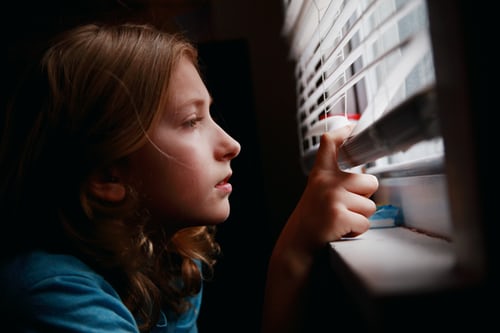
My students are fearful of the uncertainty – to that, I’ve been telling them to assume school will continue until the end of term, and whether we are onsite or not, I will continue to teach, and they will continue to learn. It is that simple! I will continue to extend my vital role beyond teaching kids content. I will be their soft place to lay out their fears and do my best to remind them they have many tools at their disposal: critical thinking, writing about their emotions, and an endless array of mindfulness activities. I have rushed now to put the Year 11 Life Ready Program onto a Google Class so I can upload mindfulness activities for students. Beyond the mandatory 25 hours, I can provide some real tools to reduce stress at a very uncertain time.

This is what teachers are doing – preparing for the possibility of online learning. Work that may or may not be needed. Extra hours spent upskilling and uploading. New skills that will change the face of education forever. We will be meeting the needs of the 21st Century learner in ways we never interpreted the catchphrase. A pandemic was not predicted as part of the 21st Learner’s context. We are evolving and rolling with the changes while also showing up.
Teachers have their own backstories. They have elderly parents, immunosuppressed children or partners. They’re cancer survivors or immunosuppressed themselves. Yet, we continue to show up and combat Covid19 in our ways.
Please be kind to all essential staff, including teachers. We are working in a complex environment with constant policy updates that we need to interpret quickly and apply. We are trying to maintain student welfare and academic needs. We do this while worrying about where we will get fresh meat for our own families. I was dragging a BBQ chicken around to meetings last Wednesday because when I got a coffee at lunchtime, I took the opportunity to grab a BBQ chicken for my children’s dinner. I had no time to shop and no fresh meat at home. That chicken symbolised so much more than dinner. It represented being creative in my balancing act of work and home. I have since been able to find fresh meat, but somehow, during 8 am – 3:30 pm I wasn’t worried about feeding my kids, I was concerned about helping my students get through one day at a time.
